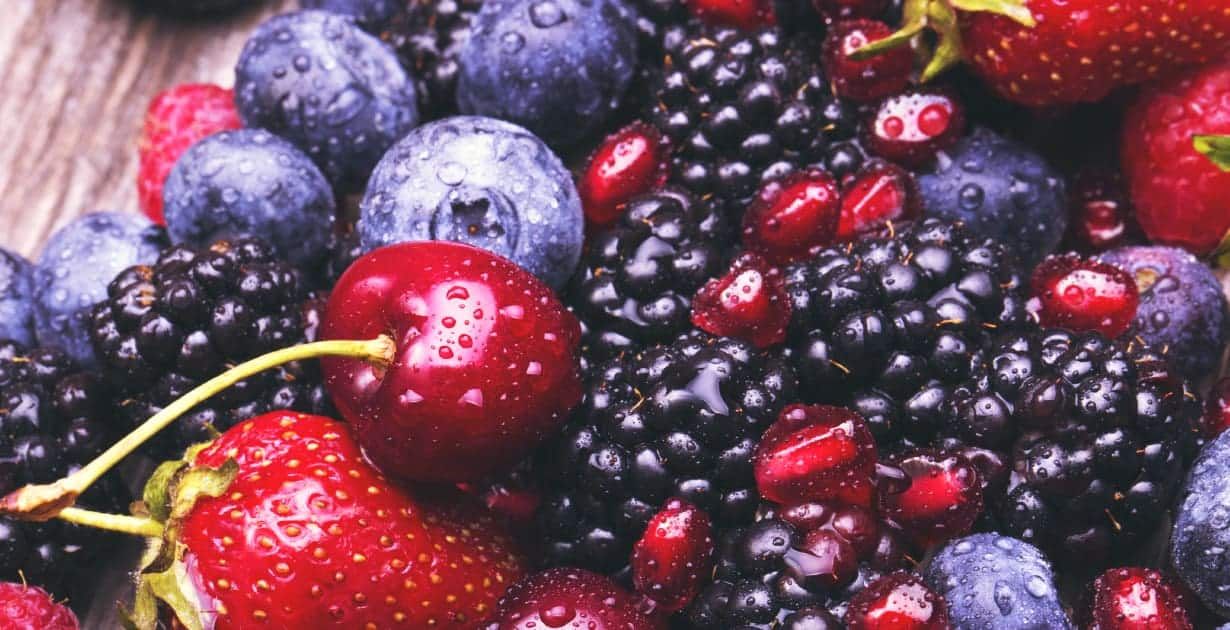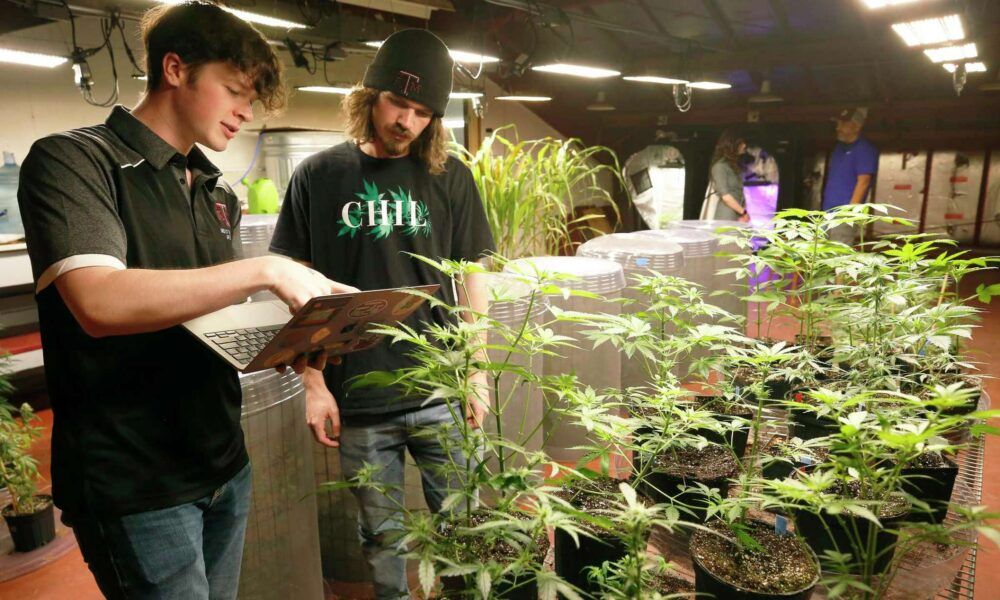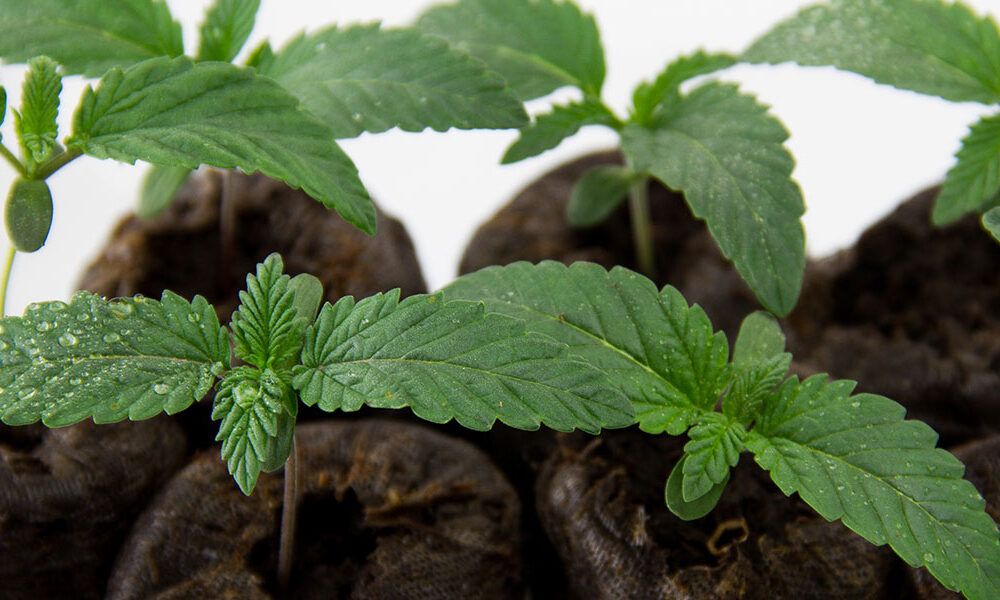Anthocyanins: Nature’s Antioxidant is Also Found in Hemp
Texas A&M Student MJ Clay Takes a Closer Look at This Pigment-Producing Compound
By Rachel Nelson
College is a place where students prepare for future careers while transitioning into full-blown adulthood. For MJ Clay, it’s a time to conduct groundbreaking hemp research and help pioneer one of the first-of-its-kind university cannabis clubs — the Cannabis Hemp Innovation League (CHIL).
Clay is a horticulture science and plant environmental science major at Texas A&M University, While she has completed a variety of work at the school’s Industrial Hemp Breeding Program, Clay said she has taken a special liking to trichomes — the part of the plant responsible for producing cannabinoids and terpenes.
According to Clay, trichomes can also contain anthocyanins, or naturally occurring pigments that create red and purple hues. Anthocyanins give foods like blueberries and raspberries their color, she said.
“When we’re learning about his plant, it’s as useful as the vegetables and fruits that we eat in our daily meals. I love how interconnected nature is. It’s quite beautiful, really. But [anthocyanins also have] incredible health benefits for humans,” Clay said, citing their antioxidant and antiviral properties.
“There’s actually some arguments about whether or not higher anthocyanins could take away from either terpenes, which are the smells, or cannabinoids like CBD or THC,” Clay said. “So we just need more research, but that’s why the Industrial Hemp Breeding Program is here.”
Currently, Clay is working with private companies on an inbreeding project focused on creating uniform cannabis similar to how rows of corn grow.

“So then we could do field seeding, and your crops would all look the same,” she said. “We’re also trying to select for the plants that have higher anthocyanins, not only because it has a great benefit to the users but it also gives the plants some tolerance to heat and drought.”
Clay said that although she works in controlled environments, part of her research includes stressing plants out by heating the room to 99 degrees at times.
“The plant really shows you a lot of different genetic traits that we didn’t know were possible,” Clay said. “If a plant is able to bounce back more readily than another, we know that plant is going to do better in field conditions in Texas, so whenever we find a plant that’s just resilient, we want to continue those genetics.”
Clay presented some of her research at the second annual Texas Hemp Summit at Texas A&M University in December. The summit is organized by the Texas Hemp Coalition, an advocacy and educational nonprofit. Clay and her counterparts from CHIL were also part of the inaugural Texas Hemp Summit in 2022.
“it was really rewarding because we were just kind of introducing the club,” she said. “Coming back the second time around at the summit and seeing so many familiar faces and so many people just supporting the work we’re doing at A&M — It’s really rewarding. Having one of the first cannabis clubs at a university has been quite a feat for us. We’re very proud of what we do, and we’re just hoping to continue growing our organization.”







